
What a joy to come home to a place that, as Oprah says, “Rises up to meet you.” It’s a place full of light and peaceful colors and textures. Your rooms are full of cherished objects, but it’s not cluttered. You’re able to move around without knocking stuff over or barking your shin on a chair leg. The temperature and humidity are just right, potted plants add cheer, and sounds are neither tinny nor muffled. Whether you’ve just come in from a hard day on the job or from a relaxing vacation, there’s no place like home.
1. Natural light boosting mood and alertness
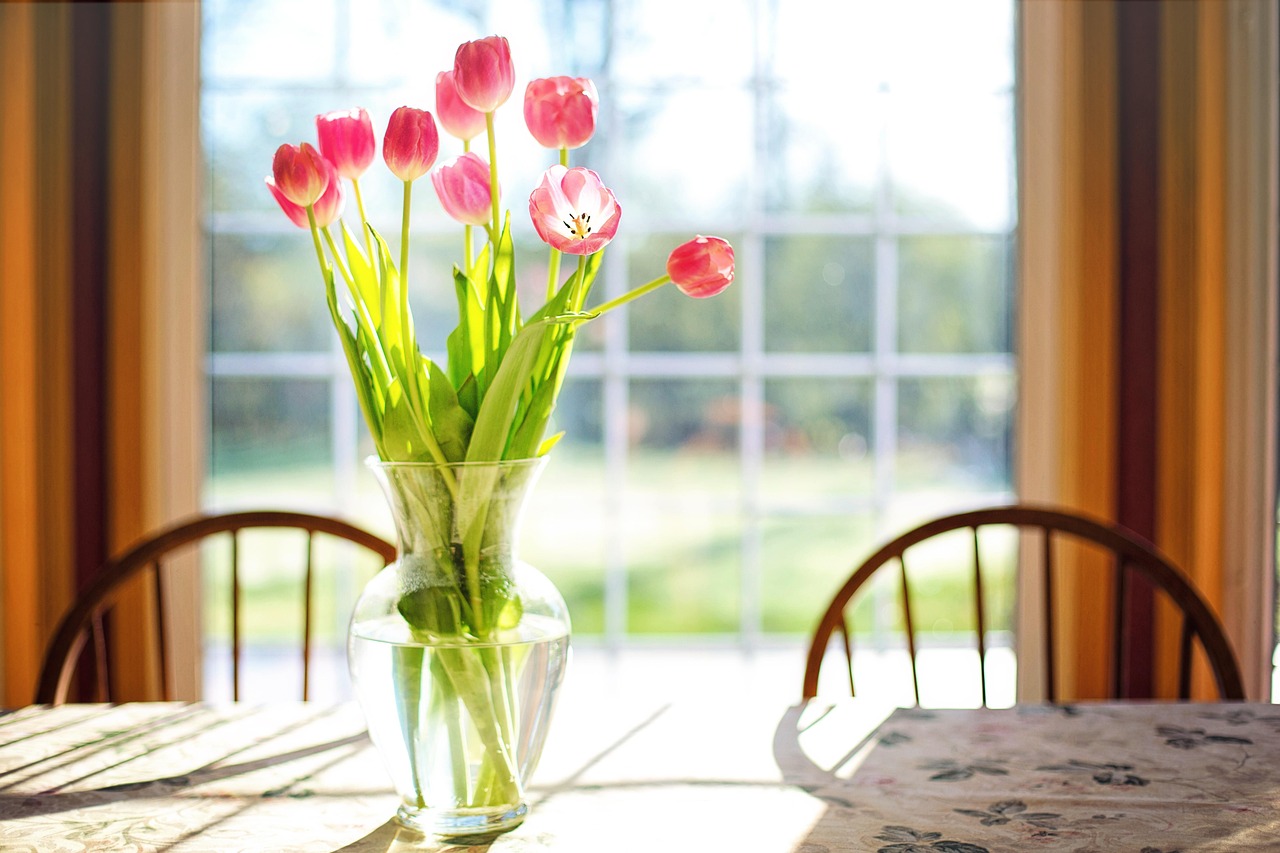
The benefits of natural light are many. Natural light boosts your mood and even improves your sleep well after the sun goes down. Even when you’re indoors, natural light helps your body produce vitamin D. During winter, it staves off the seasonal depression that bedevils many people. A couple of ways to get more natural light in your home are to put mirrors on the walls to bounce the light around and to leave your windows undressed, at least during the day.
2. Color schemes influencing emotions
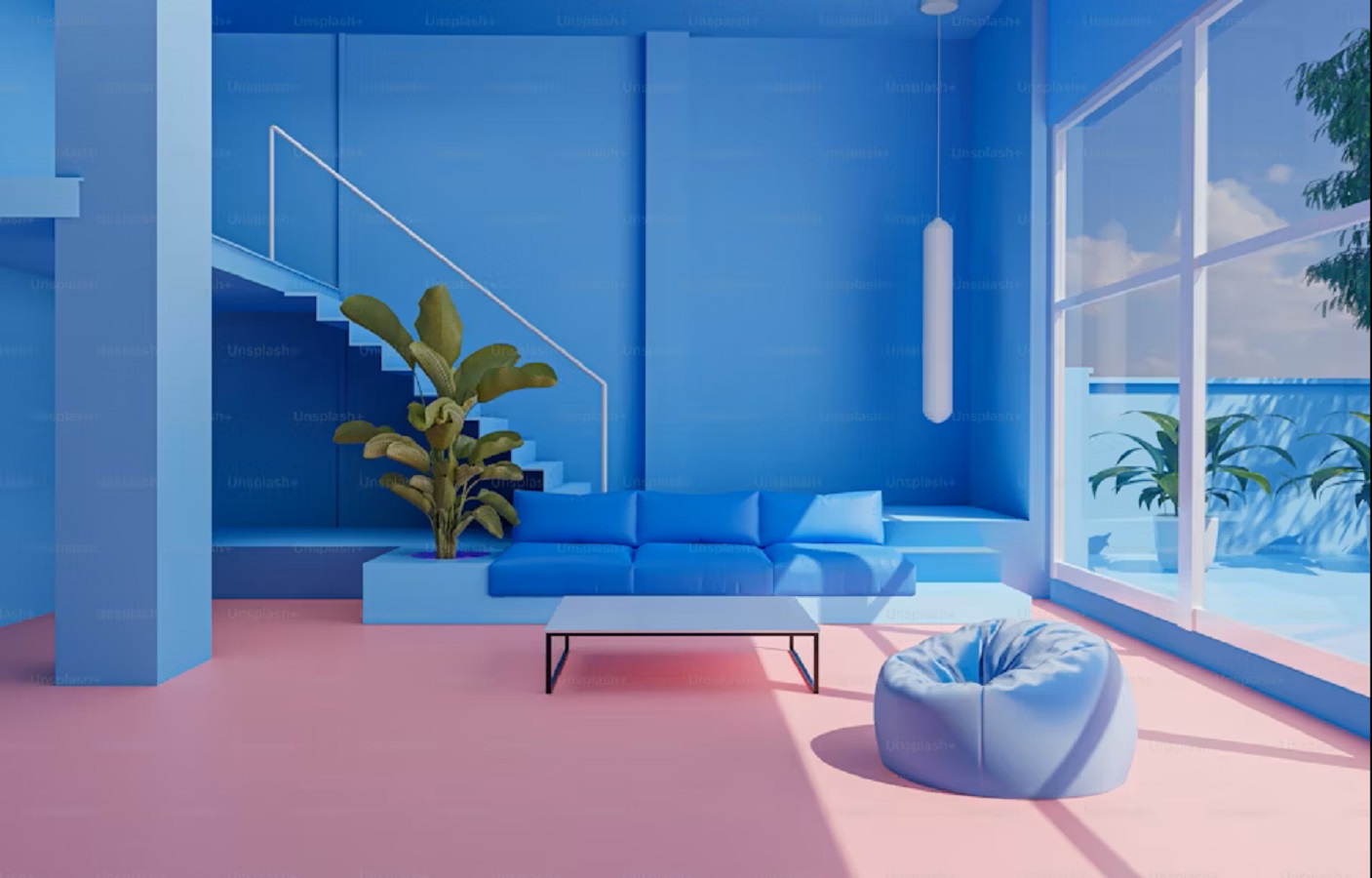
Color schemes don’t just affect your emotions. They’ve been known to influence your blood pressure and your very metabolism.
It’s a good idea to choose the colors of your home with care, for you’ll probably have to live with them for a while. Warmer colors such as red, yellow and orange tend to stimulate and are probably not the best colors to dominate in the bedroom. On the other hand, cooler colors such as blues, grays and shades of white are calming. These colors are probably best in the bedroom or another room where you’d go for some peace and quiet.
Colors also balance a room. An all white room might look stylish enough for a magazine cover, but it may also remind a visitor of an operating theater. Keeping such a room clean is also arduous. All black rooms are trending in some circles, but relaxing in such a moody, spooky place for hours at a time might be daunting.
3. Clutter-free spaces reducing stress
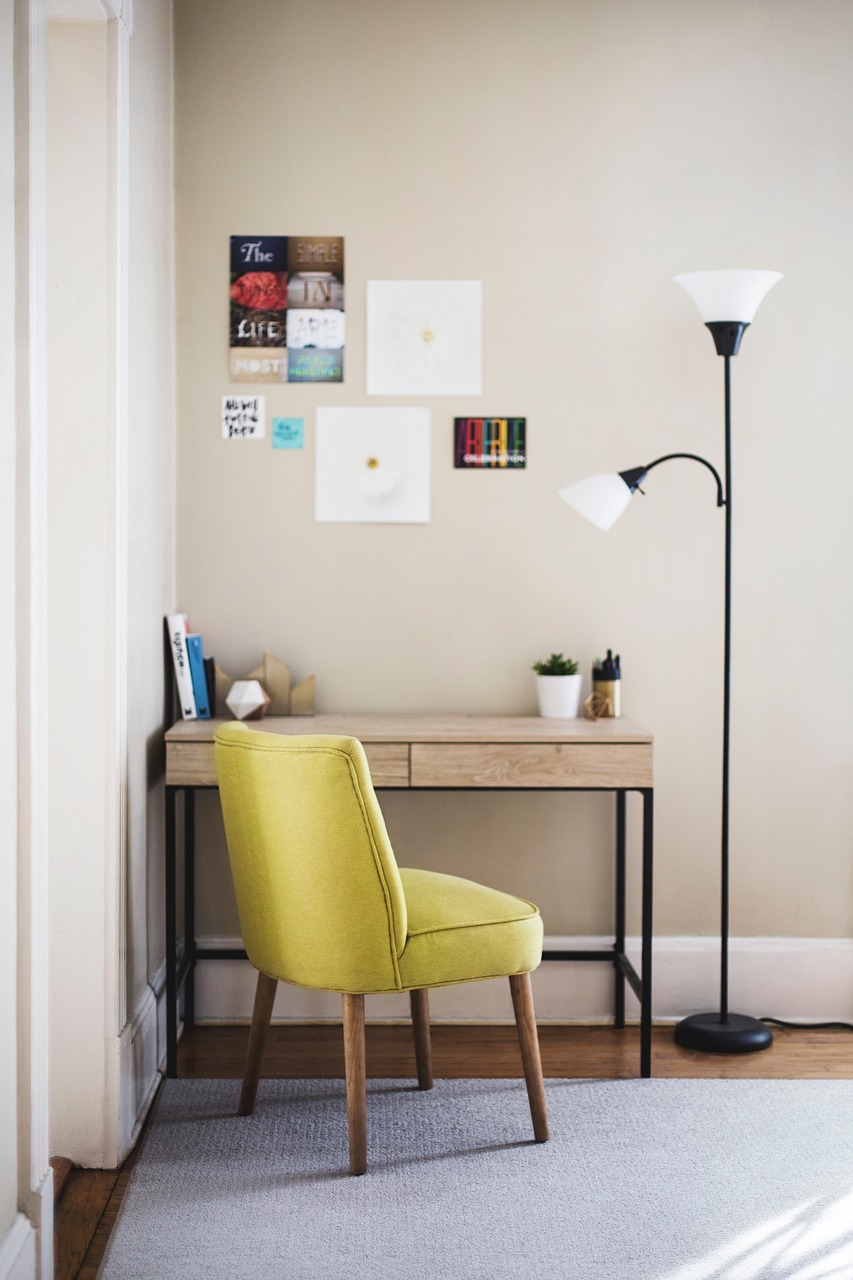
Consider all those shows about hoarders. These are people who never throw anything out. They’ll keep old bottle caps “just in case they come in handy one day.” Hoarding is an extreme form of clutter, but it’s stressful just to look at a home with stuff piled from floor to ceiling in every room. The normal sort of clutter is just things being where they’re not supposed to be. The solution is to throw everything out that’s broken, donate unbroken stuff that you don’t need or want, and put everything else in its proper place. This can even be fun. Get the kids involved.
4. Furniture layout affecting concentration
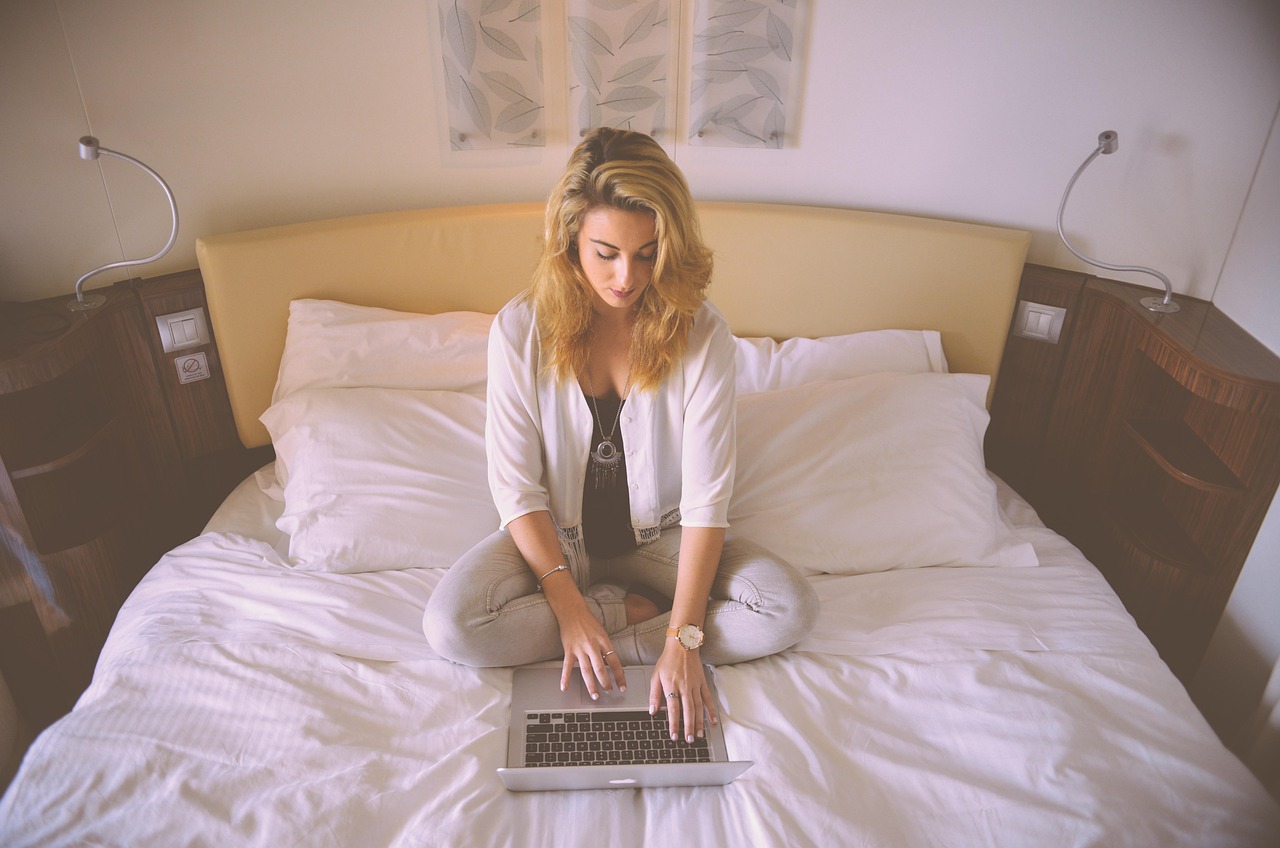
Lowering stress helps you concentrate, whether it’s on housework or homework. There is actually a way to lay out furniture in your home to lower stress. Basically, it’s arranging furniture in a room to make the room easily navigable. This means you should be able to move around without having to sidle or bump into stuff, even if you’re not paying strict attention. The room should also be balanced. Large pieces of furniture shouldn’t be shunted to one area of the room because it makes the room look top or bottom-heavy, but a single piece of furniture placed by itself in a corner looks lonely. Both arrangements are distracting.
5. Indoor plants enhancing air quality and relaxation
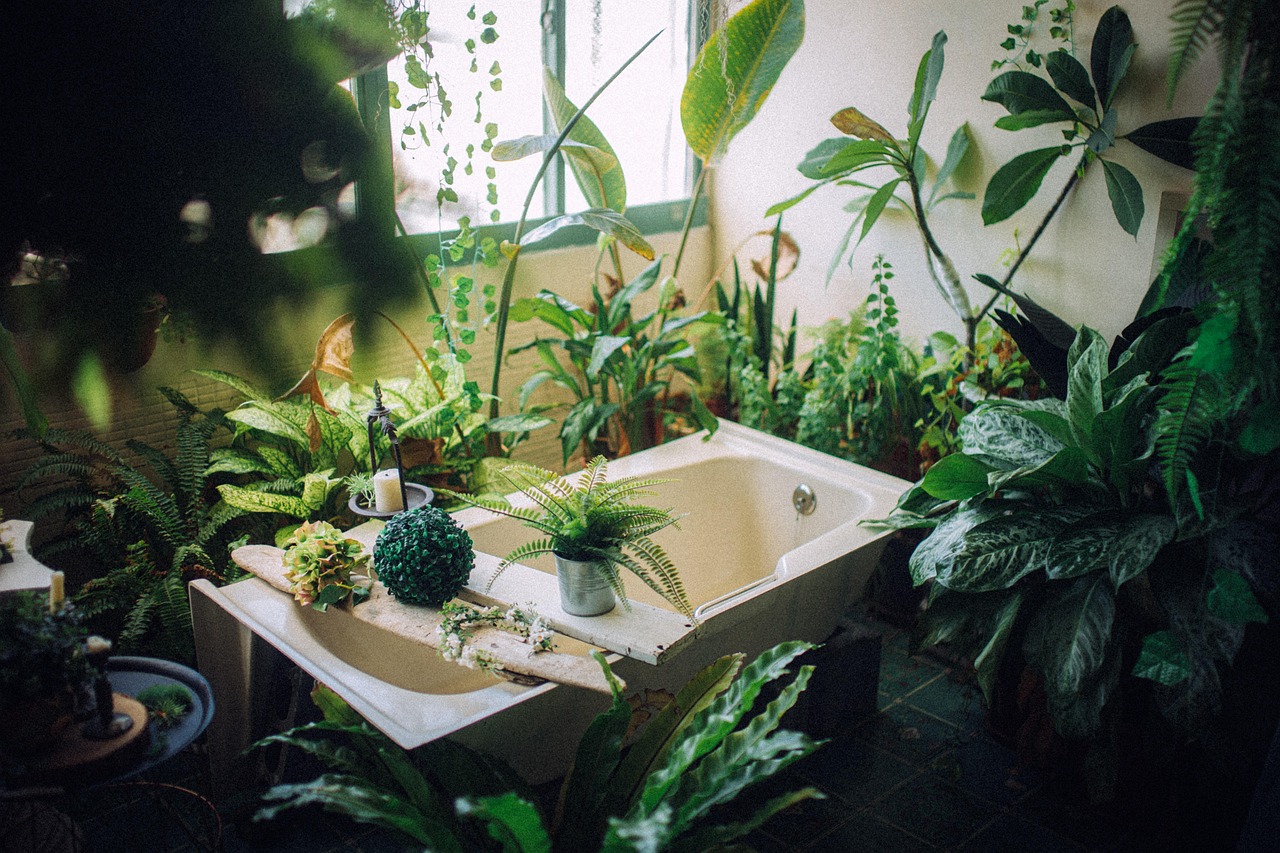
Plants are not only beautiful and alive, but some are very good at scrubbing the air clean of pollutants. These pollutants include formaldehyde, particulates from cigarette smoke, ammonia and carbon dioxide. The best plants for enhancing air quality and relaxation in a room include:
Bromeliads
Philodendrons
Snake plants
Spider plants
Rubber plants
These plants are not only helpful, but they’re good-looking and easy to care for.
6. Textile choices impacting warmth and coziness

The textiles you place around your rooms determine how warm and cozy those rooms are. There’s a wealth of textiles to choose from when it comes to décor, and what you choose depends on your taste. You may be a person who loves Victoriana, which means plushy, heavy textiles such as velvets, brocades and wool rugs your feet sink into. You might be a more contemporary person who goes for a minimal amount of textiles in the room. These textiles may be synthetic, cool and pleasing to the touch but durable. The one common denominator is no one wants to sit on a textile that’s hard and scratchy. Whatever sort of textile you choose, you want it to look good and be comfortable.
7. Room acoustics shaping comfort levels

No homeowner wants to walk into a room where there’s an echo. On the other hand, you won’t want to walk into a room that’s so muffled and insulated that you have to shout to be heard. A room that’s acoustically comfortable is one where you can speak with your normal voice and be heard by someone sitting on the other side of a normal sized room.
Walls, floors and ceilings play a large part in a room’s acoustics. Ceilings bounce noises all around the room, especially if they’re higher than usual. Walls and floors also reflect the noise in a room, but you can counter this through carpeting and drapery. High ceilings look stately, but if you’re building a new home, you might have the ceilings made a couple of feet lower. Insulating the ceiling also helps them absorb sounds.
8. Personal décor items fostering emotional well-being

One thing that a lot of people dislike is for their home to look like a hotel suite. The furnishings might be comfortable and even luxurious, but there’s nothing in there that says that room belongs to them. Fortunately, adding personal décor items to their house or apartment seems second nature to most people. That means framed photos of loved ones, artwork and tchotkes everywhere. The sight of these items makes people feel good and lets them know that this place is theirs.
9. Temperature control influencing comfort

One of the reasons the Royal Family is said to hate Buckingham Palace is that it’s impossible to heat properly in the winter. This tells you everything about the importance of temperature control when it comes to comfort. Fortunately, technology has made it possible to heat and cool a home to perfection. You can program smart thermostats to heat up or cool down your home while you’re on your way from work. They can even cool temperatures down as you sleep, and gradually raise them just before you get out of bed.
10. Lighting type affecting focus
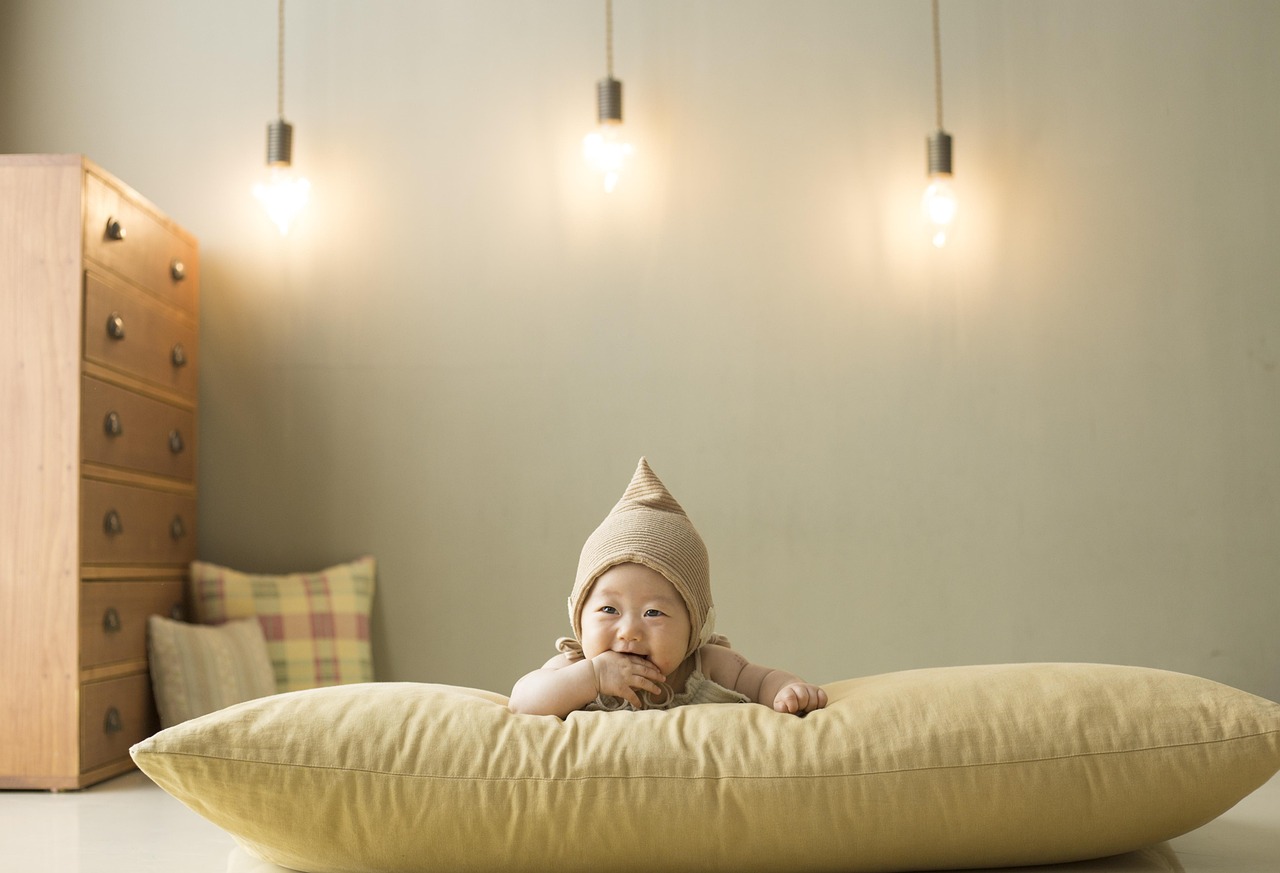
As with temperature, lighting affects how comfortable it is to live in a house. Glare pulls at the eyes, impairs vision and can even lead to fatigue, even though sleeping in a room full of glaring light is nearly impossible. However, if you have poor lighting all the time, it’s hard to read and might be downright dangerous to prepare meals. Poor lighting can also lead to bad moods, depression and poor sleep.
Design experts say that the best type of lighting for a home is layered. There’s general lighting that adequately lights up the whole room, task lighting in the form of table or floor lamps that help with jobs such as meal prep and accent lights for things or places you want people to notice.









